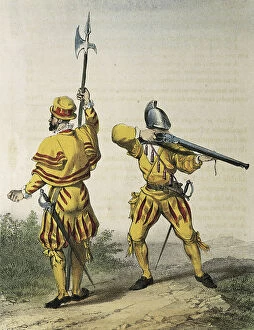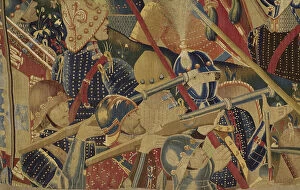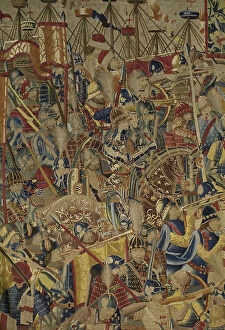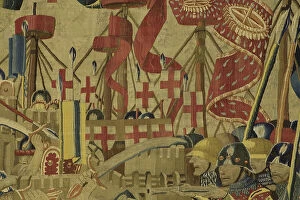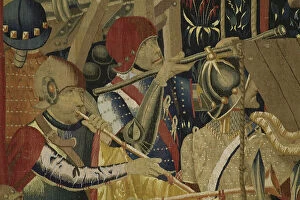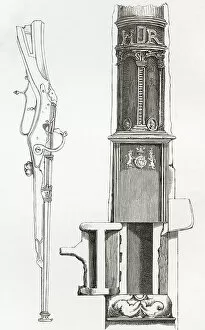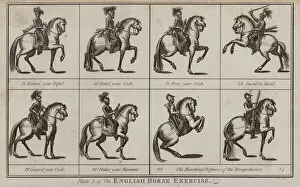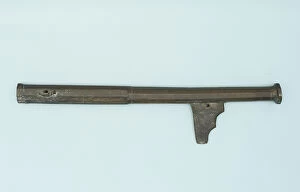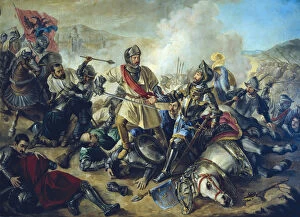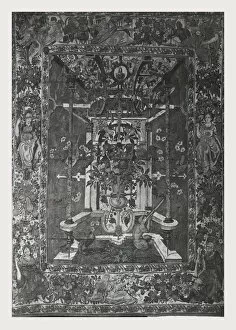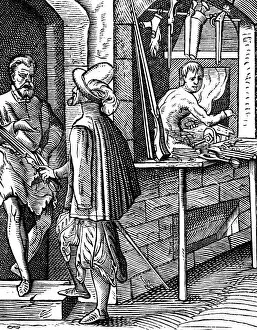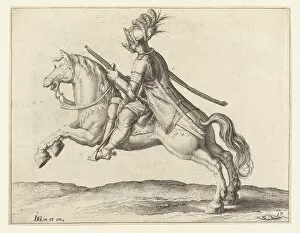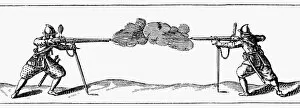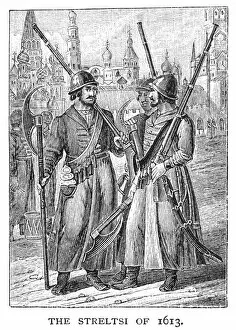Harquebus Collection
The harquebus, a revolutionary firearm of the 16th century, played a significant role in shaping military tactics and warfare
All Professionally Made to Order for Quick Shipping
The harquebus, a revolutionary firearm of the 16th century, played a significant role in shaping military tactics and warfare. Its impact can be seen through various historical artifacts and artworks. One such artifact is a breech-loading harquebus from 1537, showcased in "The British Army: Its Origins, Progress and Equipment" published in 1868. This innovative design with its movable chamber demonstrated early advancements in firearms technology. In the realm of art, an ex-voto plaque titled "Madonna with Child and man wounded by a harquebus" depicts the devastating consequences of this weapon. Created in 1732 using majolica technique, it serves as a powerful reminder of the destructive power wielded by these firearms. A lithograph from around 1880 showcases an arquebusier of the 16th century. The detailed illustration provides insight into how soldiers armed with harquebuses were equipped and dressed during that era. Engravings like "The English Horse Exercise" capture scenes where cavalry units trained to utilize their harquebuses effectively while mounted on horseback. These exercises highlight the importance placed on mastering this new form of weaponry. Bronze sculptures such as the Hackbut from circa 1500 demonstrate both artistic skill and technical craftsmanship involved in creating these firearms. They serve as tangible evidence of how these weapons were manufactured during that period. Chromolithographs like "Harquebusier" depict soldiers armed with their trusty harquebuses ready for battle. These vibrant prints offer glimpses into military life during this time period while showcasing the prevalence of these firearms on European battlefields. Historical events are also intertwined with the legacy of the harquebus. One notable event was when soldier Juan de Urbieta captured King Francis I of France using his skills with this firearm in 1553—an achievement immortalized through paintings or written accounts.

